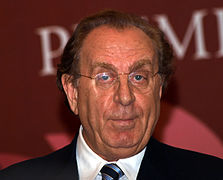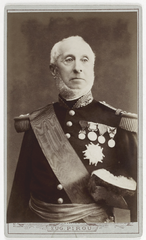Richard Seewald's Human Design Chart
Design
Design
Personality
Chart Properties
Your Cross represents the specific theme of your life. This cross embodies your unique potential & the lessons you're here to learn, providing a roadmap to fulfilling your life purpose.
We use the UTC birth time and date to do the calculations required to generate your Human Design chart.
Buy Tokens
Pay as you use, no expiry and no subscription required.Richard Seewald's Biography
German painter and writer who was appointed professor at the Cologne Werkschulen in 1924 at age 35. In 1931, under the impression of the new repressive cultural-political climate in Cologne, he decided to move permanently to Ronco sopra Ascona in Switzerland, where he became an honorary citizen in 1939. From then on, he painted and wrote with equal intensity.
Many German public collections had acquired works by Seewald by the time of the National Socialist seizure of power, primarily prints, but also some panel paintings and watercolors. For those in power, Seewald and his works were considered “degenerate,” and in 1937 a large number of them were confiscated from collections in the central Nazi action “Degenerate Art.” Most were destroyed.
For the first time after the end of the National Socialist dictatorship, Seewald set foot on German soil again in 1948. It was another three years before he gained a foothold in the cultural life of the Federal Republic of Germany. At the first exhibition of the previously reestablished Deutscher Künstlerbund in Berlin in 1951, Richard Seewald participated with four gouaches showing Tuscan motifs.
In 1954 he accepted the offer of a professorship at the Academy of Fine Arts in Munich. Four years later, Seewald resigned the post after disagreements with the Academy’s presidium. After the death of his wife, he burned about 150 of his paintings as well as hundreds of sketches, drafts and correspondence. He bequeathed his sketchbooks to the Germanisches Nationalmuseum (GNM) in Nuremberg. He transferred his entire remaining estate to a foundation called Fondazione Richard e Uli Seewald Ascona. He died on 29 October 1976 at age 87 in Munich.
Link to Wikipedia biography (German)
Your Cross represents the specific theme of your life. This cross embodies your unique potential & the lessons you're here to learn, providing a roadmap to fulfilling your life purpose.
We use the UTC birth time and date to do the calculations required to generate your Human Design chart.






